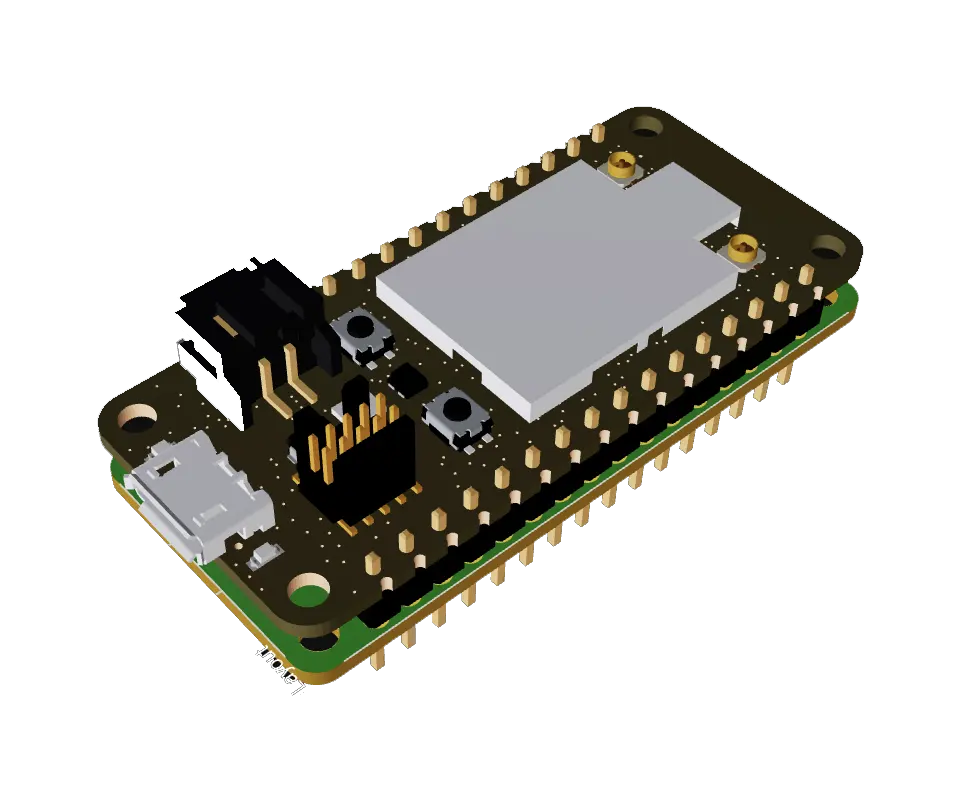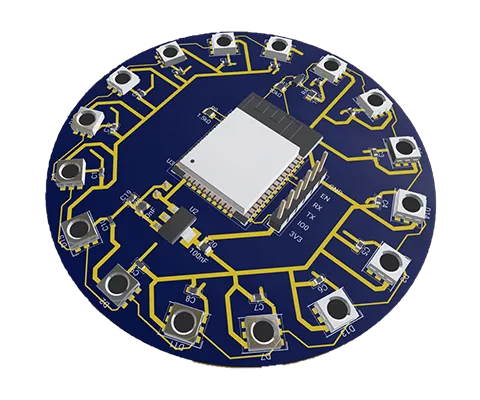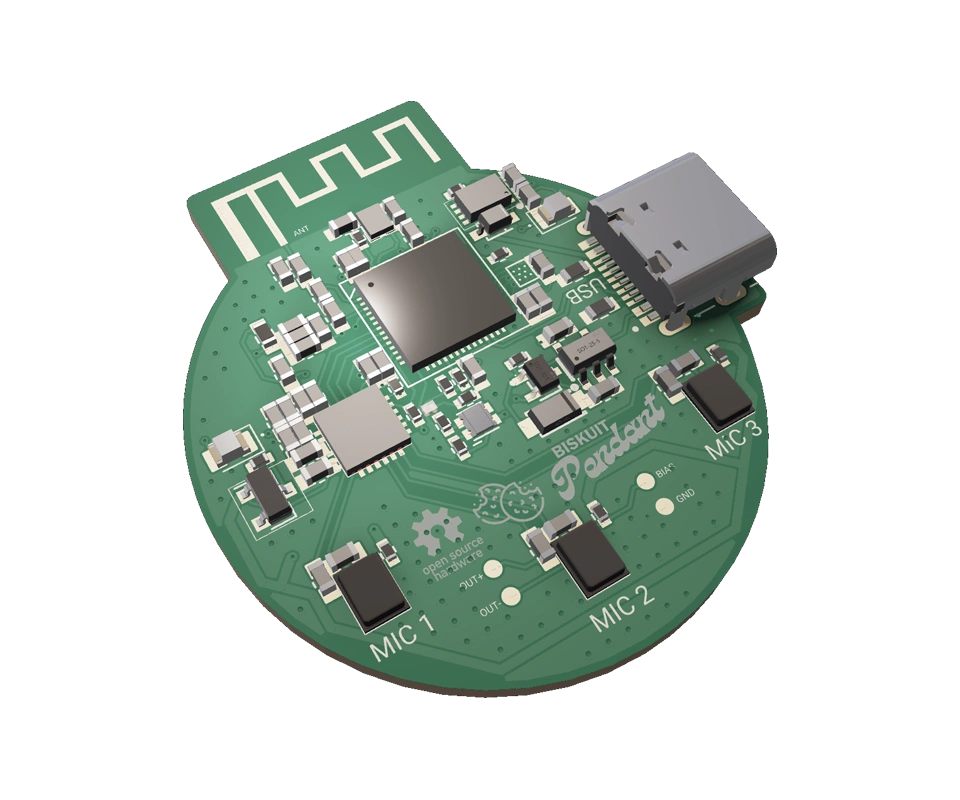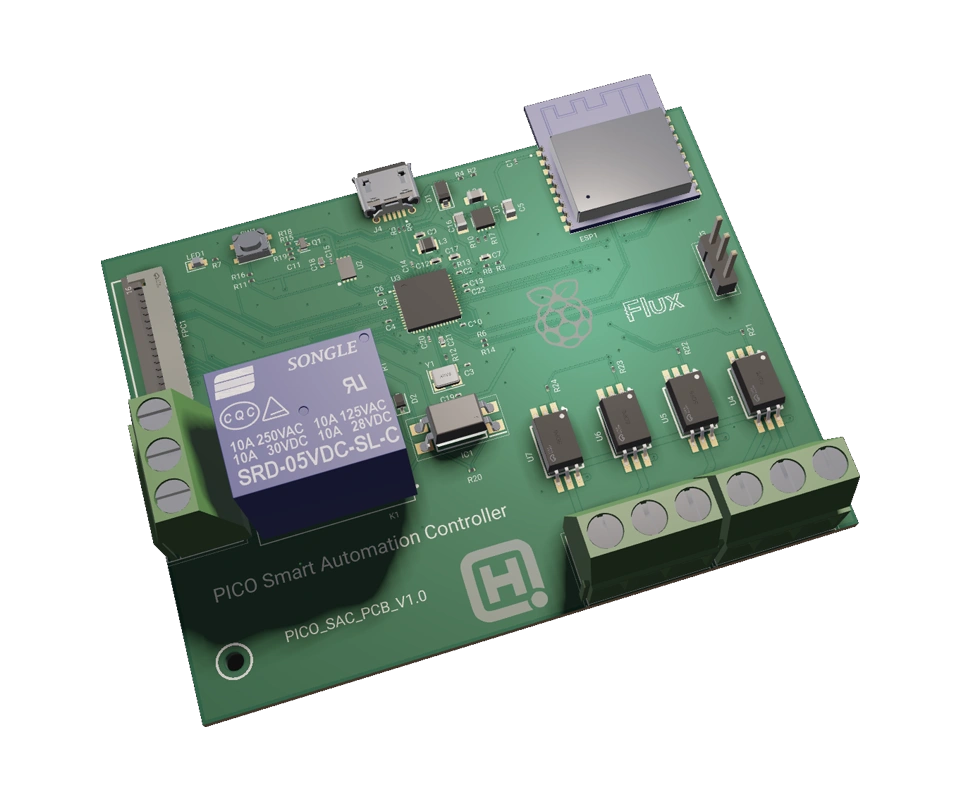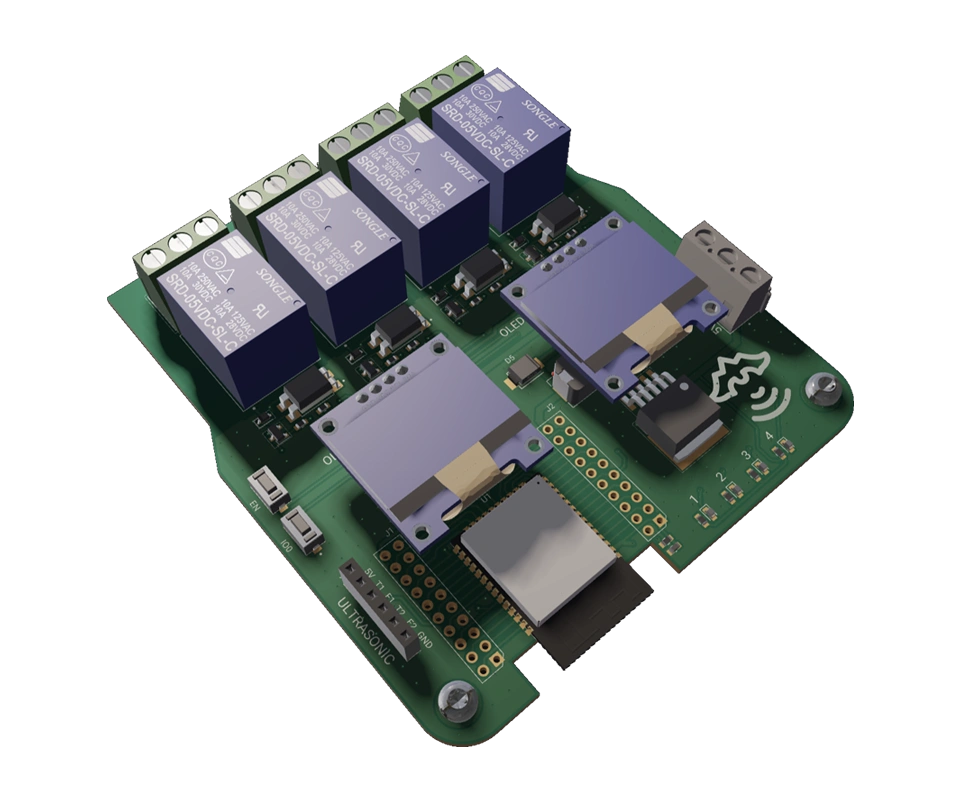💡 Did you know that one of the capabilities of Flux Copilot, an AI powered hardware design assistant is its ability to calculate the total resistance between any two points in your schematic diagram? You can effortlessly determine the overall resistance, making complex calculations a breeze. Try Flux now, and best of all, it's completely free!
This means you don't need to do any calculations or formula anymore. Through a simple chat interface, just simply ask Copilot,
"@copilot what is the total resistance across terminal 1 and terminal 2?"
and wait a moment for Flux Copilot to response with the calculated total resistance value. It can even determine series or/and parallel resistor configuration automatically. It's like your holding a physical ohm meter and reading the actual resistance of a circuit. See it for yourself!
Understanding Parallel and Series Resistor Configurations
As electronics enthusiasts and professionals, we are always on the lookout for tools that can streamline our design process and improve our understanding of circuit behavior. The parallel and series resistor calculator is one such indispensable tool that enables efficient and accurate analysis of resistor networks. In this comprehensive guide, we will explore the concept of parallel and series resistors, the importance of resistor calculators, and the benefits they provide.
Parallel Resistors
Parallel resistors refer to resistors connected end-to-end, sharing the same voltage across their terminals. When resistors are connected in parallel, their combined resistance is less than the smallest individual resistor's value.
The total resistance in a parallel configuration is given by the formula:
1/R_total = 1/R1 + 1/R2 + ... + 1/Rn
Series Resistors
Series resistors are connected in a way that the end terminal of one resistor is connected to the starting terminal of the next resistor. In series configuration, the current flows sequentially through each resistor, and there is only one current path through the entire resistor network. The resistors should beconnected end-to-end, with no junction points or branches between them. Worth noting that same current flows through each resistor in this configuration, and the voltage drop across each resistor is proportional to its resistance.
The total resistance in a series configuration is simply the sum of the individual resistances:
R_total = R1 + R2 + ... + Rn
The Need for Parallel and Series Resistor Calculators
Manual calculations can be tedious, time-consuming, and error-prone, particularly when dealing with multiple resistors or complex circuits. This is where parallel and series resistor calculators come into play, offering valuable benefits such as:
- Simplified and accurate calculations
- Time and effort savings
- Enhanced circuit analysis
- Reduced risk of design errors
How Parallel and Series Resistor Calculators Work
Parallel and series resistor calculators are designed to provide quick and accurate results for resistor networks. These calculators generally include the following features:
- User-friendly interfaces for entering resistor values
- Options for selecting parallel or series configuration
- Auto-calculation of total resistance
- Conversion between different units (e.g., ohms, kilohms, or megaohms)
Applications of Parallel and Series Resistor Calculators
These resistor calculators are valuable tools for professionals and hobbyists alike. Some common applications include:
- Circuit design and analysis
- Troubleshooting existing circuits
- Component selection for specific resistance values
- Educational purposes (e.g., teaching and learning about resistor networks)
Parallel and series resistor calculators are essential tools for anyone working with electronic circuits. They simplify calculations, save time and effort, and reduce the risk of design errors. By understanding their significance and choosing the right calculator, you can ensure that your projects run smoothly and efficiently. So, go ahead and harness the power of these indispensable tools to elevate your circuit design skills to new heights.
💡 Did you know that one of the capabilities of Flux Copilot, an AI powered hardware design assistant is its ability to calculate the total resistance between any two points in your schematic diagram? You can effortlessly determine the overall resistance, making complex calculations a breeze. Try Flux now, and best of all, it's completely free!
This means you don't need to do any calculations or formula anymore. Through a simple chat interface, just simply ask Copilot,
"@copilot what is the total resistance across terminal 1 and terminal 2?"
and wait a moment for Flux Copilot to response with the calculated total resistance value. It can even determine series or/and parallel resistor configuration automatically. It's like your holding a physical ohm meter and reading the actual resistance of a circuit. See it for yourself!
Understanding Parallel and Series Resistor Configurations
As electronics enthusiasts and professionals, we are always on the lookout for tools that can streamline our design process and improve our understanding of circuit behavior. The parallel and series resistor calculator is one such indispensable tool that enables efficient and accurate analysis of resistor networks. In this comprehensive guide, we will explore the concept of parallel and series resistors, the importance of resistor calculators, and the benefits they provide.
Parallel Resistors
Parallel resistors refer to resistors connected end-to-end, sharing the same voltage across their terminals. When resistors are connected in parallel, their combined resistance is less than the smallest individual resistor's value.
The total resistance in a parallel configuration is given by the formula:
1/R_total = 1/R1 + 1/R2 + ... + 1/Rn
Series Resistors
Series resistors are connected in a way that the end terminal of one resistor is connected to the starting terminal of the next resistor. In series configuration, the current flows sequentially through each resistor, and there is only one current path through the entire resistor network. The resistors should beconnected end-to-end, with no junction points or branches between them. Worth noting that same current flows through each resistor in this configuration, and the voltage drop across each resistor is proportional to its resistance.
The total resistance in a series configuration is simply the sum of the individual resistances:
R_total = R1 + R2 + ... + Rn
The Need for Parallel and Series Resistor Calculators
Manual calculations can be tedious, time-consuming, and error-prone, particularly when dealing with multiple resistors or complex circuits. This is where parallel and series resistor calculators come into play, offering valuable benefits such as:
- Simplified and accurate calculations
- Time and effort savings
- Enhanced circuit analysis
- Reduced risk of design errors
How Parallel and Series Resistor Calculators Work
Parallel and series resistor calculators are designed to provide quick and accurate results for resistor networks. These calculators generally include the following features:
- User-friendly interfaces for entering resistor values
- Options for selecting parallel or series configuration
- Auto-calculation of total resistance
- Conversion between different units (e.g., ohms, kilohms, or megaohms)
Applications of Parallel and Series Resistor Calculators
These resistor calculators are valuable tools for professionals and hobbyists alike. Some common applications include:
- Circuit design and analysis
- Troubleshooting existing circuits
- Component selection for specific resistance values
- Educational purposes (e.g., teaching and learning about resistor networks)
Parallel and series resistor calculators are essential tools for anyone working with electronic circuits. They simplify calculations, save time and effort, and reduce the risk of design errors. By understanding their significance and choosing the right calculator, you can ensure that your projects run smoothly and efficiently. So, go ahead and harness the power of these indispensable tools to elevate your circuit design skills to new heights.







